Latest CPI data is positive but it’s not a sign inflation is topping out, say economists
Economists have cautioned against interpreting lower-than expected CPI data is a sign inflation is peaking.
Lower-than-expected monthly CPI data give some hope of smaller interest rate hikes, but economists say not to read too much into early signs of a peak in inflation. A 6.9 per cent rise in the recently constructed monthly CPI was well below a consensus forecast of 7.4 per cent, but a long way above the Reserve Bank’s 2-3 per cent target range.
Still, traders saw less chance of a full 25 basis point lift in the cash rate at the next RBA meeting.
The S&P/ASX 200 share index jumped to a six-month high of 7284.2 points and the 10-year Commonwealth government bond yield fell 7 basis points to 3.535 per cent.
The money market implied the Reserve Bank might consider a 15 basis point hike to 3 per cent next Tuesday.
The market-implied cash rate peak fell to 3.75 per cent versus 3.84 per cent for November 2023.
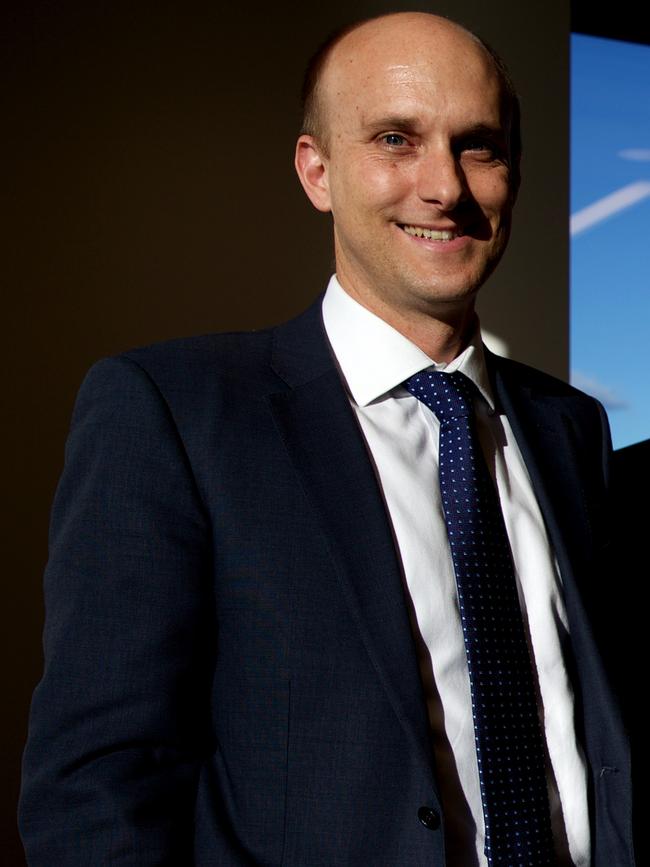
NAB said the monthly CPI series and shouldn’t be read as a sign that inflation has peaked.
“It is also worth emphasising data for October only reflects up-to-date price information for 62 per cent of the basket,” said NAB economist Taylor Nugent. “The key for the RBA remains the outlook for wages growth and the extent to which wage and price setting behaviour has shifted.”
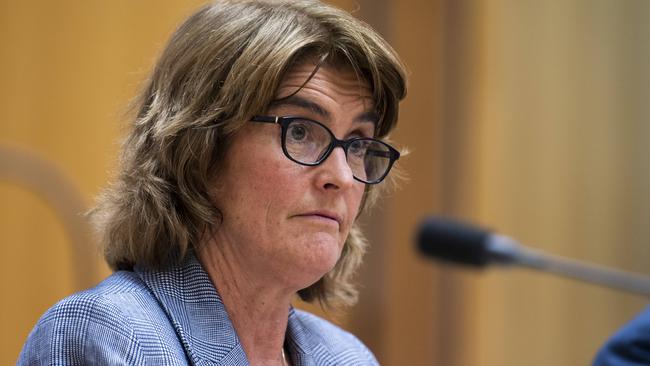
Goldman Sachs Australia chief economist Andrew Boak said the monthly CPI data “should be interpreted with caution” as they don’t capture prices changes in all items of the CPI basket.
“In particular, around 38 per cent of items is imputed to be zero on-month in the first month of each quarter given they are not surveyed until the second month of the quarter – including many administered and market-services items,” he noted.
Assuming these items record positive price changes, inflation will automatically tend to re-accelerate in the second month of the quarter.
ANZ economists said the monthly CPI data would not be enough for a “Santa pause” in rates.
RBA deputy governor Michele Bullock has said that it will take time to “figure out what is the noise and what is the information” in the series.
A soft monthly CPI at the start of the June quarter “wasn’t a particularly useful predictor for the quarter as a whole”, ANZ economists said.
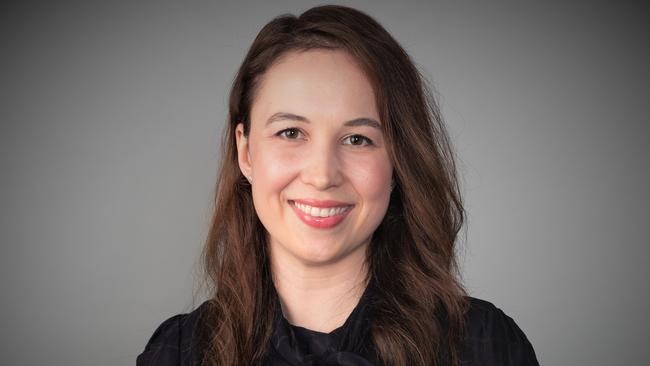
While the data should see the RBA board consider the possibility of pausing, ANZ still expects the RBA to hike next week, given the natural pause in January, when the board doesn’t meet.
“We still expect quarterly CPI to accelerate in the fourth quarter, particularly given the inflationary effects of flooding and the delayed increase in utilities CPI due to state government credits,” they added.
AMP Capital senior economist Diana Mousina said there was little chance of the RBA pausing now as it did not meet again until February, wages growth was increasing amid a tight labour market and inflation near 7 per cent was “way too high” versus the 2-3 per cent target.
“The monthly October release measures 63 per cent of the CPI basket with excluded areas including restaurant meals and takeaway foods, new dwelling purchase costs for apartments and electricity and gas prices,” Ms Mousina noted.
“The big lift in prices for electricity and gas recently in Australia means that the monthly CPI index is probably underestimating inflation in October.”
But the data show inflationary pressure has “passed its peak”, according to HSBC.
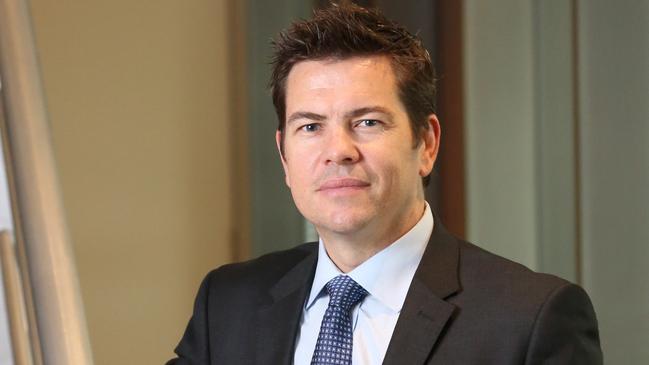
“We expect the RBA to hike by 25 basis points to 3.10 per cent in December, but (the) data supports our view that the RBA may choose to pause not long after that,” said HSBC chief economist Paul Bloxham. Despite the shortfalls of the monthly CPI data, the quarterly change in the official CPI and three-month change in the CPI are “highly correlated”.
In its November statement on monetary policy, the RBA said “the monthly and quarterly series align closely in most cases”, and the monthly CPI “has been a good indicator of material turning points in consumer prices over the past few years.”
CBA economist Stephen Wu said the monthly data reinforce CBA’s view of peaking inflation. In particular, the fall in monthly trimmed mean CPI was consistent with the easing of the Melbourne Institute trimmed mean inflation gauge and the composite PMI output price index.
And a “sizeable gap” has opened between underlying inflation in quarterly data – where the trimmed mean rose 1.8 per cent in the September quarter – and monthly data, which averaged 1.4 per cent in the three months to October.


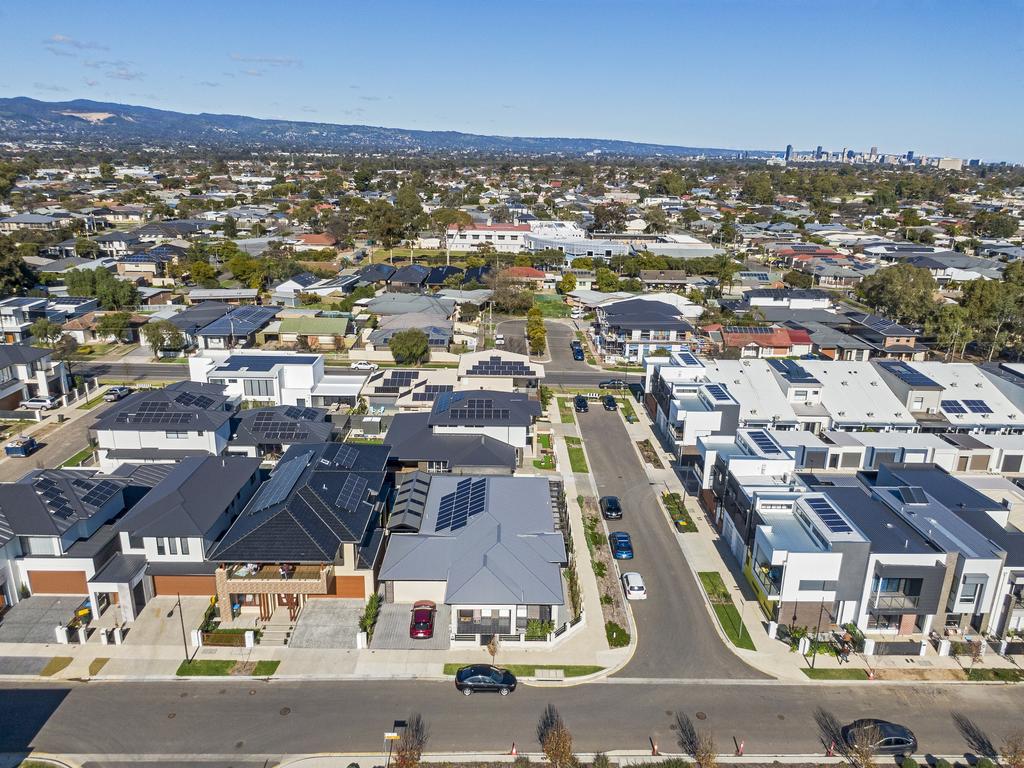





To join the conversation, please log in. Don't have an account? Register
Join the conversation, you are commenting as Logout